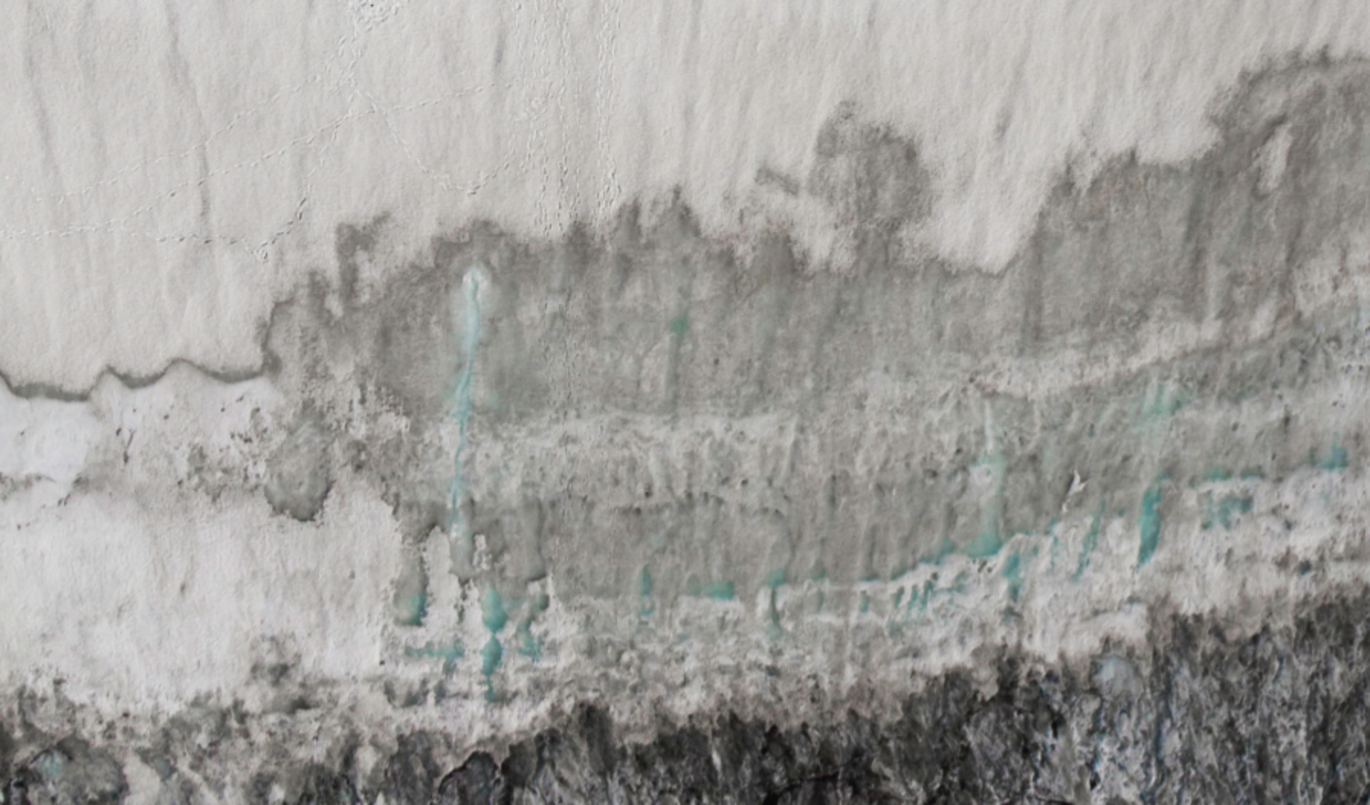Algea contributes to ice melting in the Arctic
New analysis of the current understanding of the impact of biological and abiotic impurities on the melting of the Greenland ice sheet.

Microscopic plants, specialized and able to thrive on ice surfaces (glacier ice algae), are the dominant darkening - and thus, melt enhancing - component of the western Greenland ice sheet. Global warming is leading to considerable loss of ice mass from glaciers worldwide and the melting of the Greenland Ice Sheet is a particular threat to coastal communities. The most current measurements indicate that the Greenland Ice Sheet alone is responsible for a significant part of sea level rise. Most ice loss occurs along the southern and western margins of the GrIS, which coincides with a large dark area on the surface of the ice. The darker the ice gets, the more radiation is absorbed, generating heat and more melt.
Dark ice from algea and carbon
Initially, researchers speculated that high concentrations of old dust melting out of the ice and increased atmospheric deposition of black or brown carbon were the main cause of the darkening of the ice. However, it is now well recognized that local biological factors have a much relevant impact. Based on the current knowledge of the biology of glacier ice algae, scientists suggest ice algal blooms and the following ice darkening are likely to increase as a consequence of climate warming and should be taken into account in the estimations of ice mass loss in the future.
See full report: ASSESSMENT OF THE IMPACT OF GLACIAL ALGAE AND ABIOTIC IMPURITIES ON THE MELTING OF THE GREENLAND ICE SHEET
